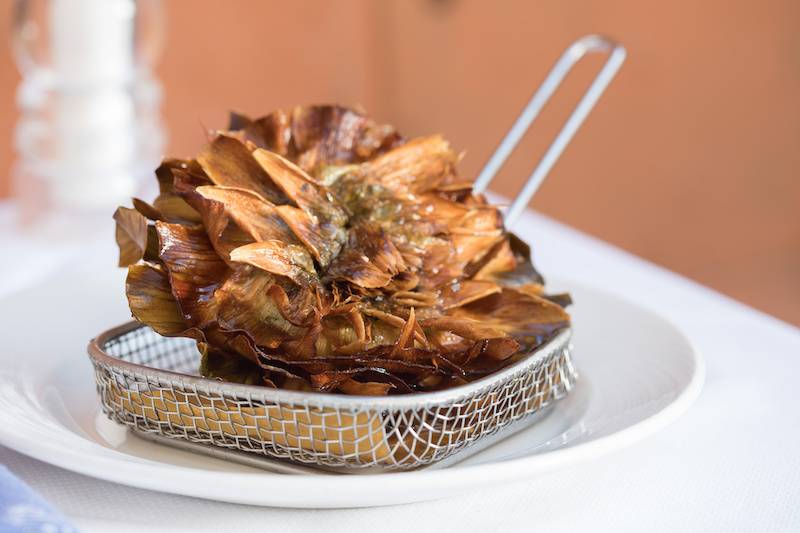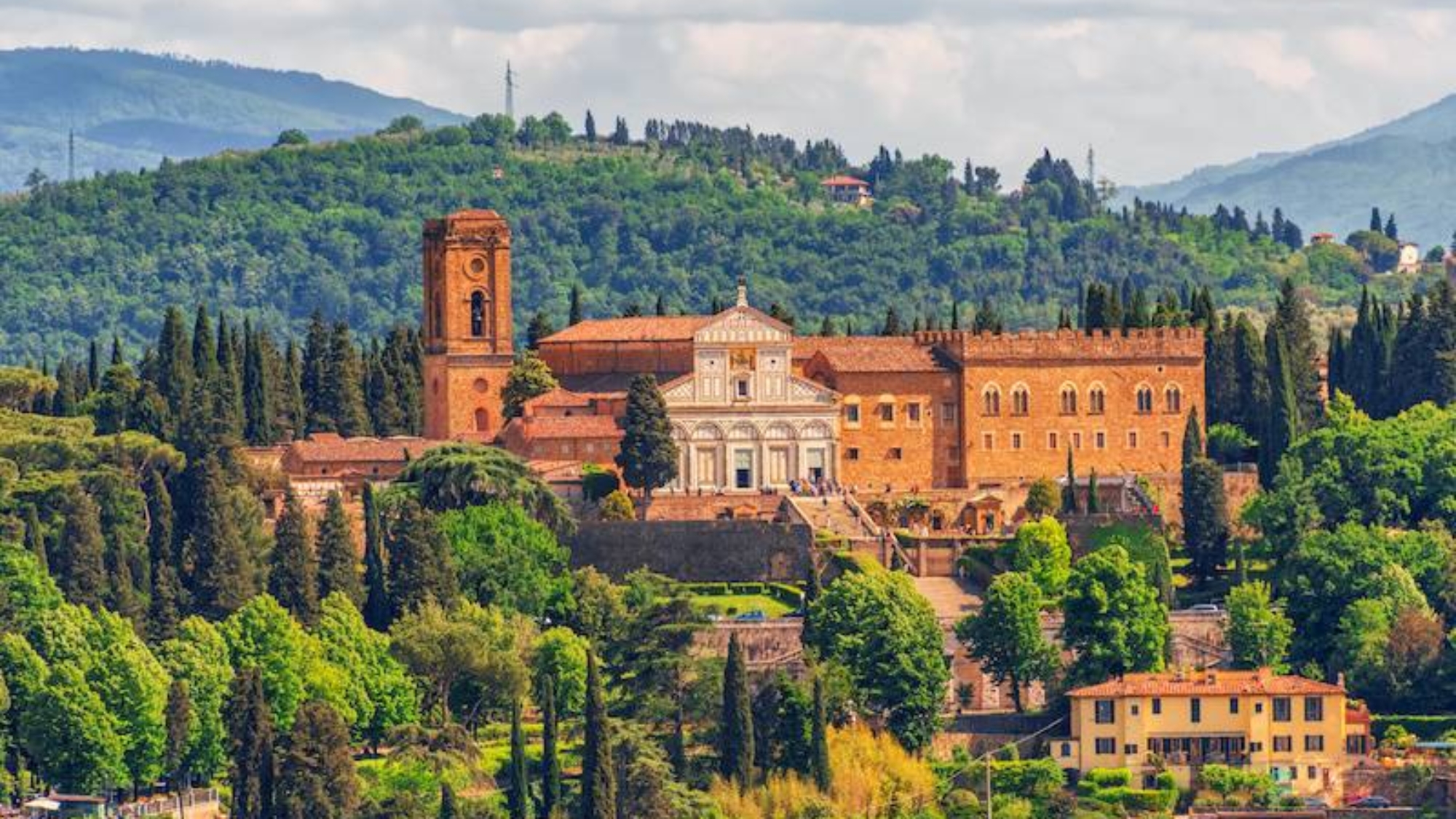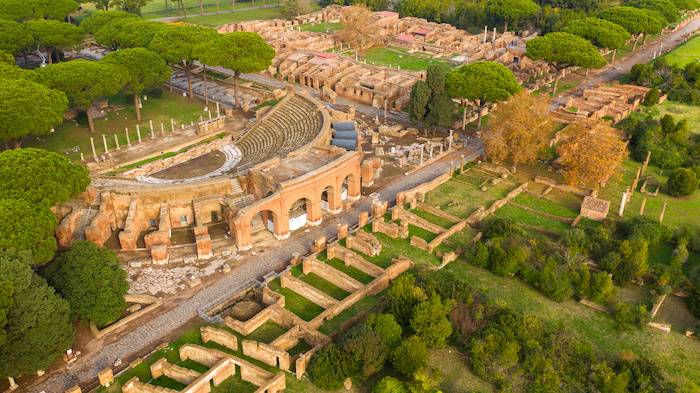Rome, the Eternal City, is renowned not only for its millennia-old history but also for its delicious cuisine. Among the culinary delights you can savor while strolling through its picturesque streets, gelato holds a place of honor. Enjoyed during the hottest months, it is also a treat throughout the rest of the year. If you find yourself in Rome and wish to taste the best gelato the city has to offer, here is a guide to the five must-visit places you cannot miss.
1. Gelateria del Teatro
Located in a picturesque alley between Castel Sant’Angelo and Piazza Navona, Gelateria del Teatro is famous for its unique flavors and high-quality ingredients. Here, gelato is made using fresh seasonal fruit, nuts, high-quality chocolate, and selected spices. Must-try flavors include lavender and peach, rosemary and chestnut honey, and the classic dark chocolate. Address: Via dei Coronari, 65-66, 00186 Rome RM
2. Gelateria La Romana
Founded in 1947, La Romana is an institution in the Roman gelato scene. With several locations in the city, this gelateria is loved for its creaminess and traditional flavors with a modern twist. Favorites include “Nonna’s Biscuit” and crunchy black cherry.
Address: Via Venti Settembre, 60, 00187 Rome RM
3. Gelateria Fatamorgana
Fatamorgana is known for its innovation in the world of gelato. With an artisanal approach and natural ingredients, it offers flavors that go beyond the ordinary. Think of combinations like basil, walnuts, and honey, or white chocolate with wasabi and raspberries. Each visit is a culinary adventure.
Address: Piazza degli Zingari, 5, 00184 Rome RM
4. Otaleg!
Otaleg! (which is “gelato” spelled backwards) is an innovative artisanal gelateria that aims to surprise its customers with unusual flavors and advanced production techniques. Master gelato maker Marco Radicioni creates extraordinary flavors like buffalo ricotta with caramelized figs and cocoa with chili. Address: Viale dei Colli Portuensi, 594, 00151 Rome RM
5. Gelateria Torcè
Claudio Torcè is considered one of the most innovative gelato masters in Rome. His gelateria offers a unique experience with flavors ranging from classic to experimental. Torcè is known for using the highest quality ingredients and bold combinations such as gorgonzola and walnuts, ginger and cinnamon, and the famous Bronte pistachio. Every flavor is a masterpiece of balance and creativity.
Address: Viale Aventino, 59, 00153 Rome RM
Tips for a Perfect Tasting
- Enjoy it during the cooler hours: During the summer, try to visit gelaterias in the evening to avoid excessive heat and enjoy your gelato in peace.
- Try different flavors: Don’t limit yourself to the classics; experiment with new and creative combinations to discover unique flavors.
- Pay attention to ingredients: The best gelaterias use fresh and natural ingredients, without artificial additives. This ensures an authentic and high-quality taste.
Conclusion
Gelato in Rome is not just a dessert; it’s a cultural and historical experience that reflects the city’s passion, creativity, and tradition. Each gelateria has its own unique story and offers a sensory journey through innovative flavors and combinations. If you find yourself in Rome, don’t miss the opportunity to visit these five must-see spots and be captivated by the best gelato in the city.
















